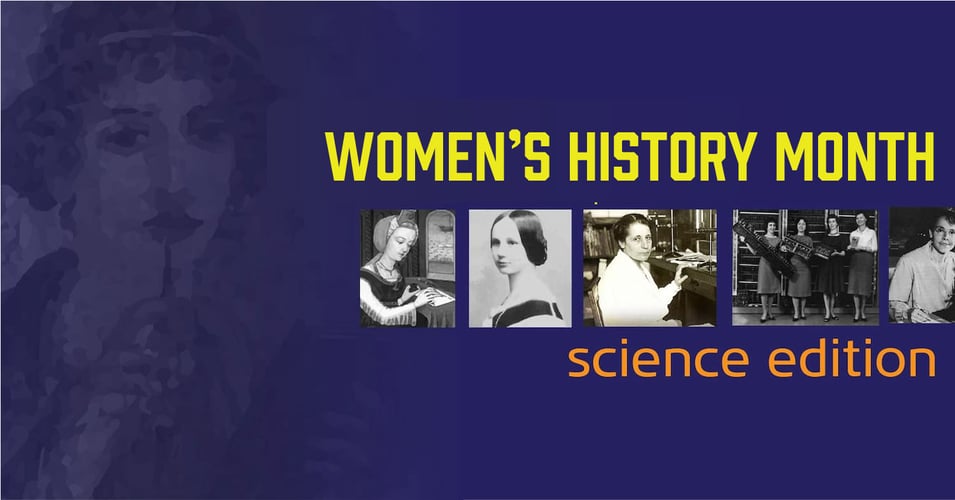
Just over 150 years ago, the existence of bacteria was merely a hypothesis. Many scientists still believed that food spoilage and human infections were caused by spontaneous generation, inexplicable life from lifelessness. That all changed in the mid-1800s. It is appropriate that the light bulb was invented during this time as well, for this new era in biology shone a light on a whole new world of biology: microorganisms. And one man, the Father of Microbiology, would make breakthroughs in one decade that would revolutionize chemistry, biology, and medicine.
The mid 1800s to the early 1900s saw the rise of the first microbiologists. These researchers, equipped with better microscopes and a growing understanding of the scientific method, would go on to identify the organisms responsible for specific diseases in quick succession. While the cures for those diseases would come decades later, these discoveries, and the innovative tools that lead to their discovery, gave science and medicine a firm foundation upon which to begin to prevent epidemics and cure infection.
But none of those discoveries could have happened without the work of one man, Louis Pasteur. The son of a poor tanner in France, an average student but gifted artist, a hard worker and patient researcher, Pasteur made discoveries helps keep us safe and healthy over 100 years later.
Louis Pasteur is understandably a household name today: the process that bears his name protects our food and drink from spoilage and can be found all over our refrigerated products. However, Pasteur’s impact stretches far beyond our milk cartons. Pasteur coined the word “microbiology" to describe his work with organisms at the microscopic level. After working with inanimate organic compounds as a chemist, Pasteur turned his microscope to examine wine to better understand the process of fermentation. It was well-known that yeast converted sugar into alcohol, but it was not understood why sometimes that sugar would be converted into lactic acid, souring wine and making it undrinkable. His research to answer this quandary led him to the discovery that bacteria - microscopic organisms - were spoiling the wine. Along the way he invented the pasteurization process of heating food to kill bacteria, but his work allowed him to once and for all disprove the theory of spontaneous generation.
![]() Pasteur proposed that bacteria was everywhere, in the air, unseen but pervasive. By using a swan-neck bottle (left), he was able to show that liquid would not spoil if airborne particles could not reach it, effectively proving that no life could appear simply out of nowhere.
Pasteur proposed that bacteria was everywhere, in the air, unseen but pervasive. By using a swan-neck bottle (left), he was able to show that liquid would not spoil if airborne particles could not reach it, effectively proving that no life could appear simply out of nowhere.
Now that the book on spontaneous generation was good and closed, a new book could be opened and explored: Microbiology. Based on Pasteur’s work, an explosion of discoveries would quickly follow: the germ theory of disease, antiseptic surgery, vaccines, and so much more. Let's all say a big thank you as we celebrate the bicentennial of this great scientist's birth.
Next week's posts will explore the innovations during the Golden Age of Microbiology that we still use today. Stay tuned for more!
Editor's Note: This post was originally published in January 2016 and has been updated for freshness, accuracy and comprehensiveness.
![EOScu Logo - Dark - Outlined [07182023]-01](https://blog.eoscu.com/hubfs/Eoscu_June2024/Images/EOScu%20Logo%20-%20Dark%20-%20Outlined%20%5B07182023%5D-01.svg)

![[infographic] The Golden Age of Microbiology Download and share!](https://no-cache.hubspot.com/cta/default/216314/interactive-178321572618.png)



